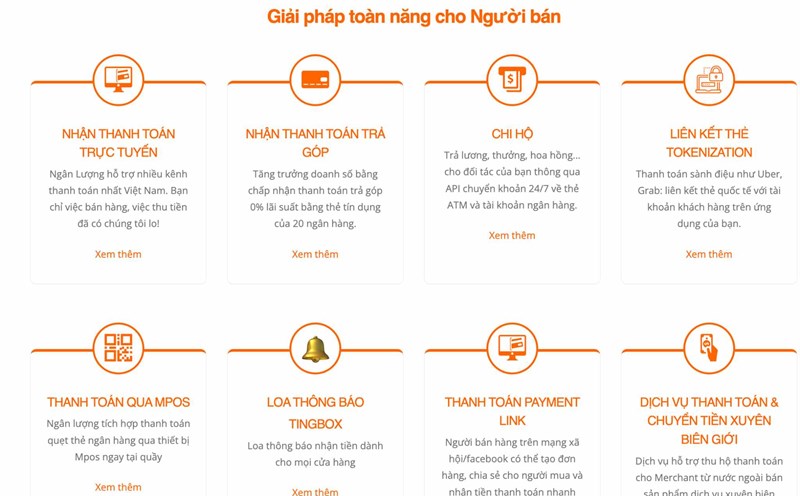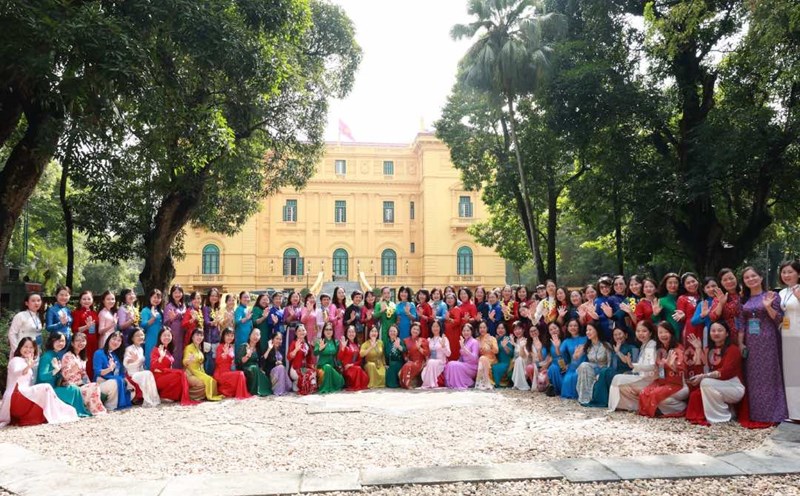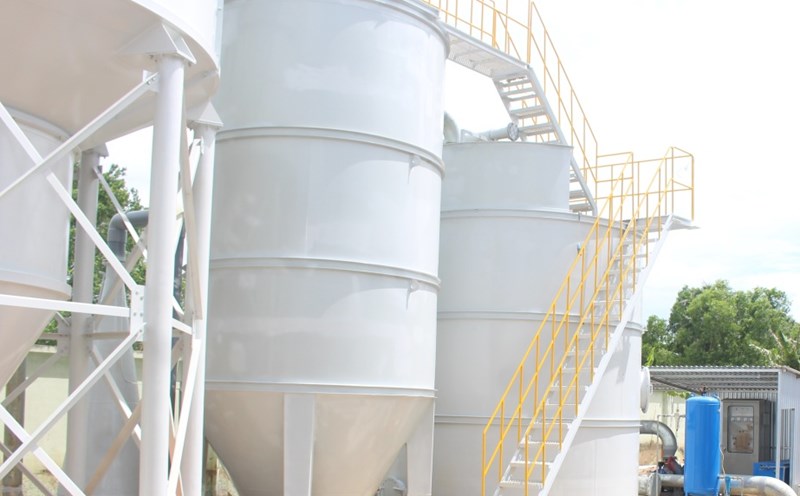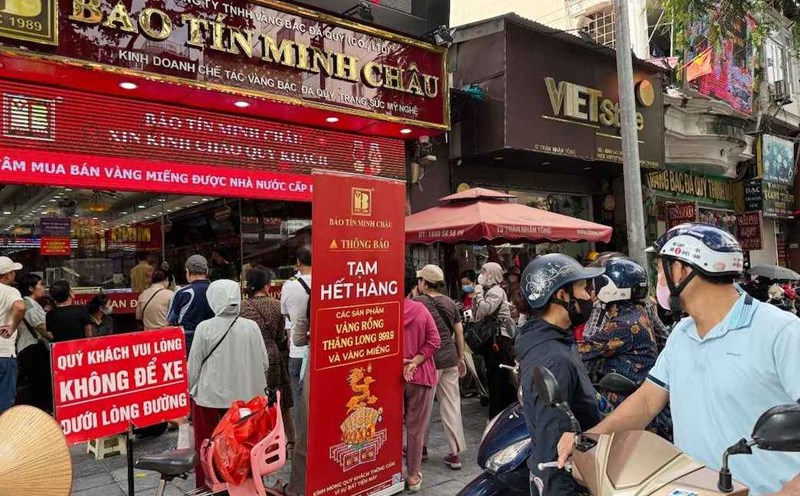Creating a launching pad for businesses
As a unit that has exported pepper and coffee products to 120 countries around the world, Mr. Phan Minh Thong - Chairman of Phuc Sinh Group, General Director of Phuc Sinh Joint Stock Company - shared that the enterprise's aspiration is to bring Vietnamese goods to the world.
While many people consider agriculture a difficult field, we see a gold mine in it. With passion and pride in Vietnamese agricultural products, the company respects, preserves and improves each clean coffee and pepper grain - turning them into high-value processed products, bringing the Vietnamese agricultural product brand to the world - Mr. Minh Thong said.
However, Mr. Phan Minh Thong also worried that businesses export 30-40 containers of agricultural products every day, but Vietnam does not have a Commodity Exchange.
Currently, world agricultural product prices fluctuate greatly. While Vietnam accounts for 55% of the pepper market share and 20-30% of the global coffee market share. If Ho Chi Minh City has a transaction office associated with real goods, it will create more jobs, attract global buyers - sellers and help us better control the market" - Mr. Thong emphasized.
In reality, many Vietnamese enterprises are affirming their new position thanks to the spirit of innovation and the desire to reach far.
According to Mr. Dang Hong Anh - Chairman of the Vietnam Young Entrepreneurs Association, this is the time of convergence between business internal resources and open policies from the State, creating opportunities for the private economic sector to make a strong breakthrough. When exploiting all the potential, Vietnamese enterprises can make a breakthrough in the new era of integration, digital transformation and green economy.
The 4.0 industrial revolution opens up opportunities for Vietnamese enterprises to take a break. In particular, the Politburo's Strategic Resolution Quartet, including Resolution 68-NQ/TW, affirms that the private economy is an important driving force of the economy, a solid legal corridor for entrepreneurs to boldly invest, innovate and affirm their pillar role" - Mr. Hong Anh said.
According to him, for Vietnamese enterprises to reach regional and global levels, three pillars are needed: transparent and stable institutions; favorable financial and credit policies for innovation; and modern infrastructure, high-quality human resources.
HCMC aims for an international financial center and commodity trading
Mr. Nguyen Ngoc Hoa - Chairman of the Ho Chi Minh City Business Association (HUBA) - said that after many years of opening and developing, the Party's Resolutions over time have oriented and elevated the position of the Vietnamese economy.
He said that Resolution 68 will create more favorable conditions for businesses to develop and reach out, and at the same time call on ministries, branches and localities to specify with appropriate programs and solutions for each group of businesses - from large to micro.
As the unit assigned by the Ho Chi Minh City People's Committee to study the Ho Chi Minh City International Financial Center Project (IFC), HUBA also proposed building a commodity exchange as an important component.
IFCs construction of a commodity exchange is within reach, because we have enough internal resources and output to attract international customers. When people want to buy coffee, pepper, rice, rubber... they will immediately think about Vietnam" - Mr. Hoa said.
From the government's perspective, Mr. Nguyen Loc Ha - Vice Chairman of the Ho Chi Minh City People's Committee - said that the city will focus on 3 key groups of solutions, in which the business community plays a key role. First, continue to improve the investment - business environment, enhance competitiveness, increase transparency, while cutting costs and shortening the time for administrative procedures. Second, review and remove obstacles for backlogged projects, especially large projects that are stuck in fire prevention and fighting procedures, land, investment, construction, etc. Third, increase the mobilization of social resources for development investment; first of all, promote public investment disbursement to lead, then attract private investment and develop state-owned enterprises.











